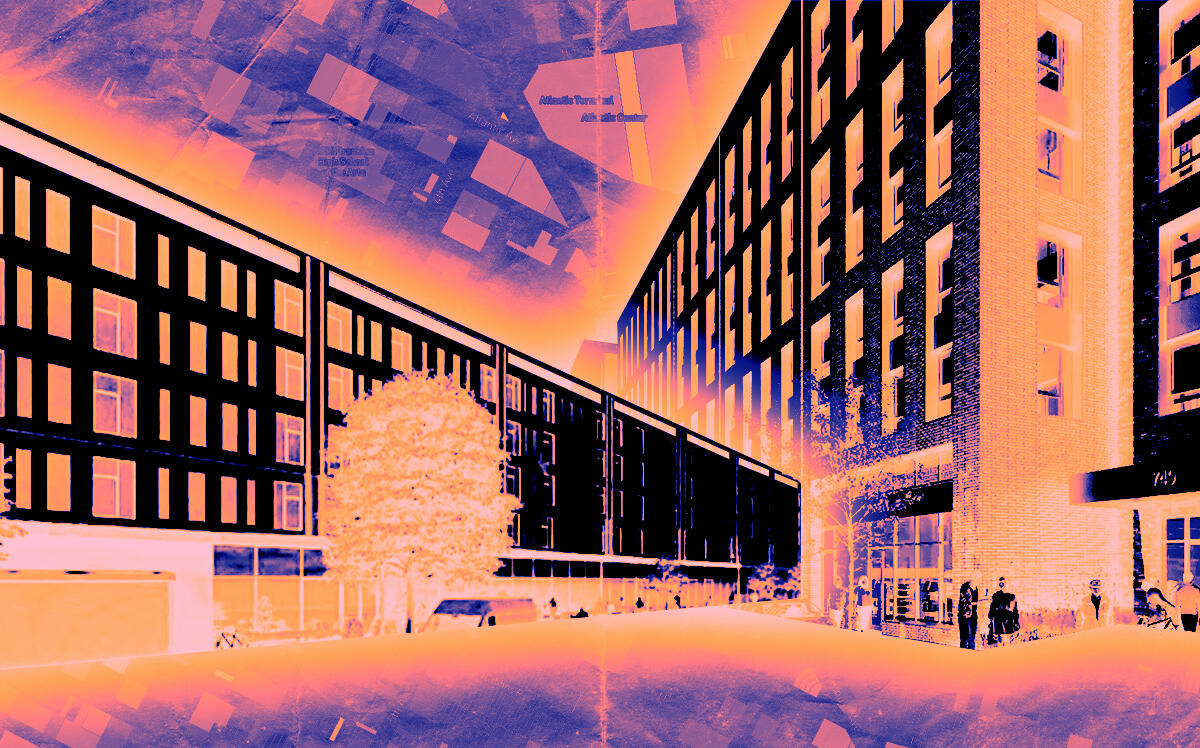Through the process of elimination, the city is demanding deeper affordability from its signature housing policy.
The City Council last week approved three site rezonings in Brooklyn under the city’s Mandatory Inclusionary Housing program, but dropped a rent option that had become a favorite of developers. Council members have done so with increasing frequency in the past year.
The affordability tier being targeted is called “option 2,” under which at least 30 percent of a project’s residential space must be set aside for households with incomes that average 80 percent of the area median income. The mix can include units for those making more than 100 percent of AMI, which many Council members say is not affordable to their constituents.
The Brooklyn votes, cast Feb. 24, suggest that removal of option 2 has become a trend and could evolve into the Council’s default choice on rezonings.
Last fall the Council removed option 2 for residential projects in its rezoning of Soho and Noho. No formal proposal has been made to eliminate option 2 from the inclusionary housing program entirely.
“I can’t say it is entirely surprising,” said Ken Fisher, a real estate attorney with Cozen O’Connor. “The idea of options was written into MIH to account for local preferences, but we’re at a point in time where the focus has been on people on the lower end of the economic spectrum. There is a lot of political pressure to make the income restriction as low as possible.”
He added that Mandatory Inclusionary Housing is an imperfect tool, but said in most cases, projects should still pencil out even if their affordability options are reduced — a decision typically made by the Council member in whose district the rezoning is requested.
Last week, option 2 was dropped for 749 Van Sinderen Avenue in New Lots, where 119 affordable units are planned; Marine Park’s 2892 Nostrand Avenue, a mixed-use commercial and residential building with 51 housing units, where 13 will be affordable; and 2134 Coyle Street, a 148-unit building with 45 affordable apartments in Sheepshead Bay.
The developers of the Coyle Street and Nostrand Avenue projects both intend to pursue option 1, which requires at least 25 percent of housing be dedicated to households making an average of 60 percent of AMI. As part of that affordability mix, 10 percent must specifically be set aside for those making 40 percent of AMI.
An affordable rent is considered to be no more than 30 percent of household income. In units without such a rental structure, working-class New Yorkers commonly pay more than that. Income-restricted units are awarded by lottery.
In the case of the Nostrand Avenue project, Mayor Eric Adams, who was Brooklyn borough president at the time, called on the City Council to get the developer to commit in writing to choose option 1. On the Coyle Street project, in a mostly middle-class area, the developer had initially intended to go with option 2.
On all three rezonings, the City Council also gave the developers the choice to set aside 20 percent of residential space for households making 40 percent of AMI, on average.
The City Council passed Mandatory Inclusionary Housing in 2016 at the behest of the de Blasio administration, which created the affordable housing tiers to provide flexibility for developers. It feared that a one-size-fits-all policy would render unsubsidized projects uneconomical in some neighborhoods and result in no housing being built.
In response to criticism, the administration increased housing subsidies to provide deeper affordability in projects in low-income neighborhoods. But it warned that the city could not subsidize its way out of the housing crisis.
